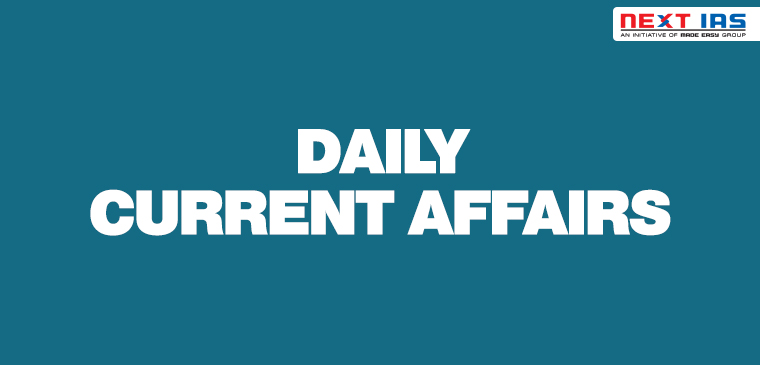
In News
The Monetary Policy Committee (MPC) of RBI has kept Repo Rate unchanged at 4% for the seventh time in a row.
About
- Marginal standing facility (MSF) rate and the bank rate remain unchanged at 4.25%.
- The reverse repo rate also remains unchanged at 3.35%.
- CPI inflation is now projected at 5.7% during 2021-22.
- RBI has maintained the growth forecast at 9.5 per cent.
Rationale behind Keeping Policy Rate unchanged
- Accommodative stance of RBI:
- It means RBI aims to make interest rates low enough.
- It will spur strong enough economic growth to reduce unemployment or to prevent unemployment from rising.
- RBI is aiming to revive and sustain growth on a durable basis.
- It may help in neutralising the adverse impact of COVID-19 on the economy.
- While ensuring that inflation remains within the target, going forward.
Challenges of this Policy
- Rising inflation: Excess inflation may create uneasiness pushing many below the poverty line.
- Stagflation: Inflation is high plus high unemployment may occur in near future.
Way out
- Constant monitoring of macro economic situation by RBI.
- Increased spending by the Government may boost the economy.
What is Policy Rate/ Repo Rate and other terms mentioned above?
- Repo Rate: It is the rate at which the central bank of a country (Reserve Bank of India in case of India) lends money to commercial banks in the event of any shortfall of funds.
- Repo stands for ‘repurchase option’ or ‘repurchase agreement’.
- The central bank provides these short term loans against securities such as treasury bills or government bonds.
- It is commonly known as Policy Rate too.
- Repo rate is used by monetary authorities to control inflation.
- The government increases the repo rate when they need to control prices and restrict borrowings.
- On the other hand, the repo rate is decreased when there is a need to infuse more money into the market and support economic growth.
- Reverse Repo Rate: This is the rate the central bank of a country pays its commercial banks to park their excess funds in the central bank.
- The reverse repo rate provided by RBI is generally lower than the repo rate.
- While repo rate is used to regulate liquidity in the economy, reverse repo rate is used to control cash flow in the market.
- When there is inflation in the economy, RBI increases the reverse repo rate.
- It encourages commercial banks to make deposits in the central bank and earn returns.
- Marginal Standing Facility: MSF or marginal standing facility is a system of the Reserve Bank of India that allows scheduled commercial banks to avail funds overnight.
- It was introduced by the RBI as a provision for banks to avail overnight funds during a revision of the country’s monetary policy in 2011-12.
- It is usually higher than the repo rate.
- Banks can use their SLR or statutory liquidity ratio to take loans under MSF.
- This is a short-term loan used to maintain the liquidity of banks.
- Consumer Price Index (CPI) Inflation:
- It measures changes in the price level of a weighted average market basket of consumer goods and services purchased by households.
- It also represents retail inflation.
- In India, five types of CPI are published.
|
CPI Type |
Published by |
Remark |
|
CPI-Urban |
National Statistical Office (NSO) in the Ministry of Statistics and Programme Implementation. |
Measures Urban Retail Inflation. Combined with CPI Rural to produce Overall CPI. |
|
CPI Rural |
National Statistical Office (NSO) in the Ministry of Statistics and Programme Implementation. |
Measures Rural Retail Inflation. |
|
CPI for Industrial Workers (IW) |
Labour Bureau in the Ministry of Labour and Employment |
Used for determining dearness allowance (DA), fixation and revision of minimum wages in scheduled employments. |
|
CPI for Agricultural Labourer (AL) |
Labour Bureau in the Ministry of Labour and Employment |
Used to fix minimum wages of agricultural labourers. |
|
CPI for Rural Labourer (RL) |
Labour Bureau in the Ministry of Labour and Employment |
Used to fix minimum wages of rural unskilled employees |
Source: LiveMint
|
About Monetary Policy Committee (MPC)
|
Source: IE


